Extreme weather is a weather event that is unexpected and significantly different from normal weather patterns.
Weather around the world is naturally variable, but extreme events are becoming more common and intense.
Extreme weather
- Can be a single short event or take place over some time.
- More intense than the average type of weather for the area and time of year.
- Often poses a significant risk to life or the environment.
Examples of extreme weather
- Hurricanes
- Heatwaves
- Flooding and heavy precipitation
- Drought
- Tornadoes
- Wildfires - although wildfires are not direct weather events, they are linked to extreme weather patterns, are more likely to occur during drought conditions and are exacerbated by strong winds.
What causes extreme weather?
Extreme weather events have many causes, both natural and human-made.
Greenhouse Gases
Burning fossil fuels releases greenhouse gases into the atmosphere, which trap heat like a greenhouse. Examples of greenhouse gases are carbon dioxide, ozone and methane. The trapped heat increases temperatures around the world.
Warmer Temperatures
A warmer atmosphere holds more moisture than a cooler atmosphere. This leads to heavier rain and more intense storms.
Warmer Oceans
Warmer oceans lead to stronger storms and hurricanes. Hurricanes get their energy from the ocean. Warmer water means more energy and stronger more destructive hurricanes.
Deforestation
Trees and plants absorb carbon dioxide, which helps stabilise our climate. The more forests are cut down without being replaced, the more carbon dioxide there is in our atmosphere.
El Niño and La Niña
El Niño and La Niña are climate patterns in the Pacific Ocean that can have a huge global impact on weather patterns. El Niño and La Niña are irregular events that occur every two to seven years. El Niño and La Niña are natural events, but their effects can be increased by climate change.
El Niño is when the normally cool water on the west coast of South America warms up. Warm water evaporates more quickly, leading to an increase in rainfall in South America and drought in Australia, Indonesia and South Asia.
The opposite is La Niña, when the seawater on the west coast of South America is cooler than usual, leading to droughts in some areas and more hurricanes in the Caribbean.
Read more about extreme weather
Learn about greenhouse gases with my greenhouse gas candy models.
Summer 2024 was the hottest on record!
Extreme weather and climate change.
Take a look at my climate change resources for kids.
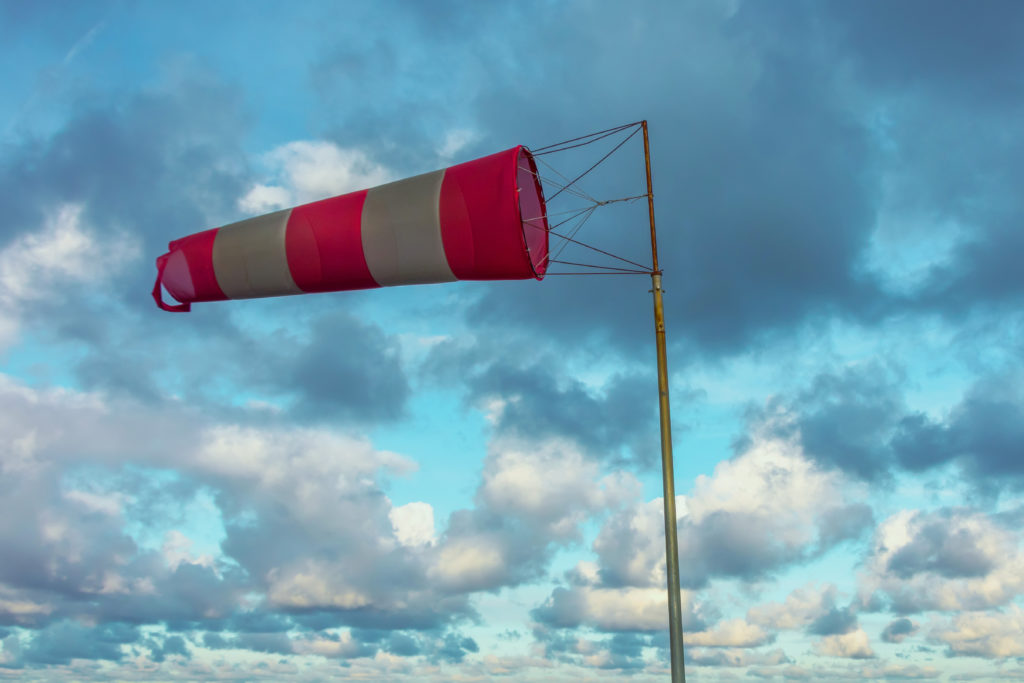
Last Updated on January 17, 2025 by Emma Vanstone
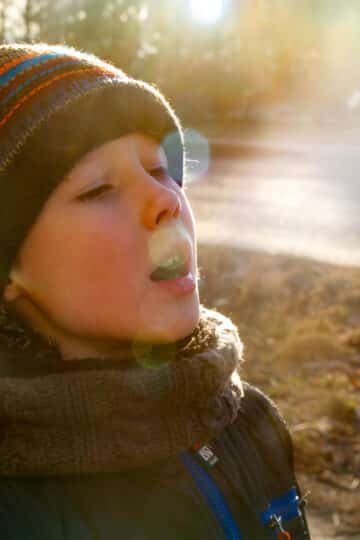
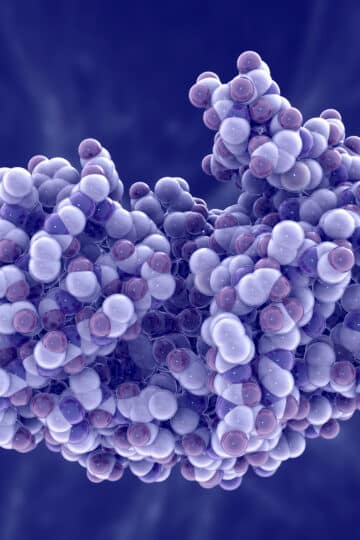
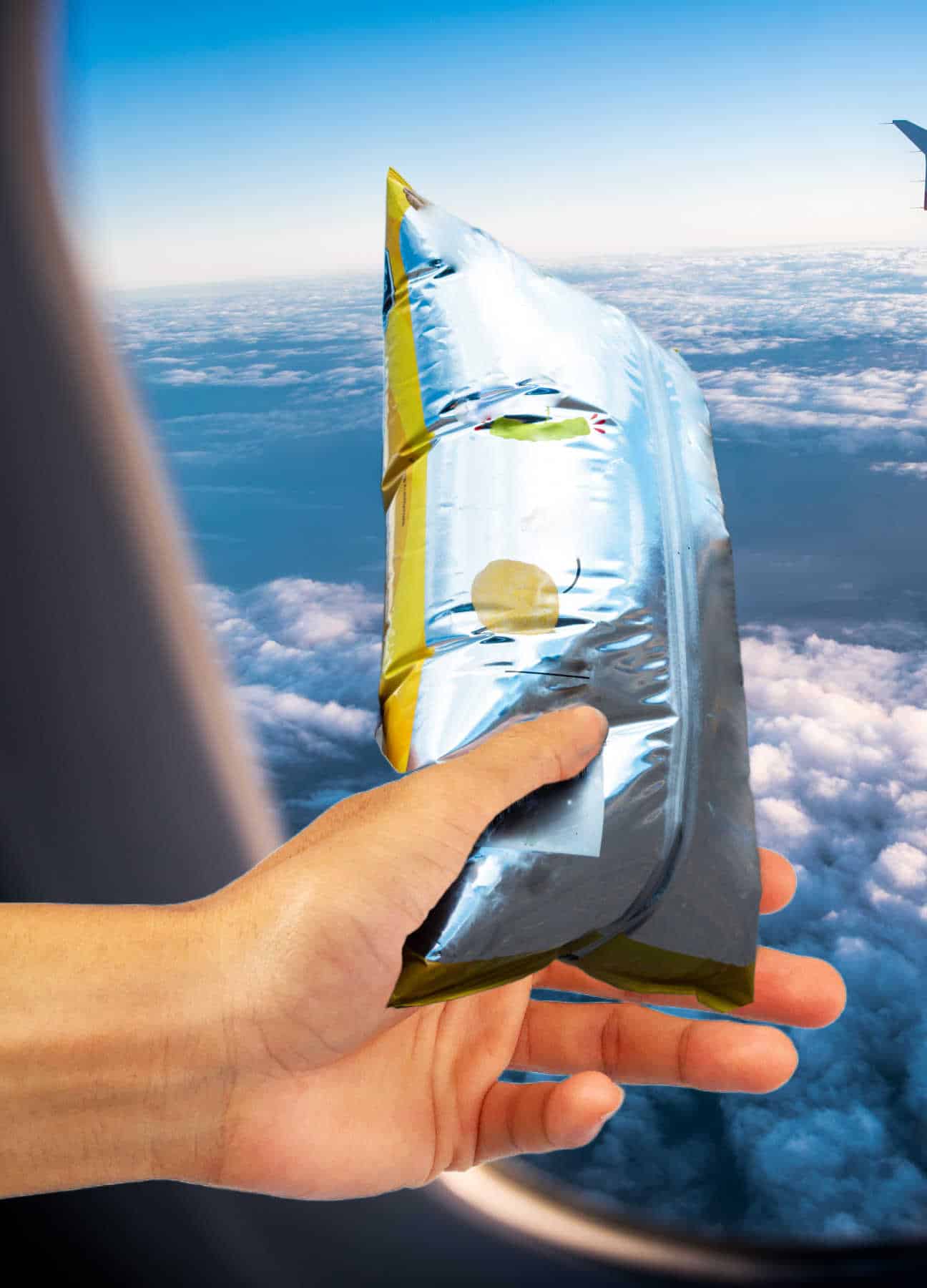
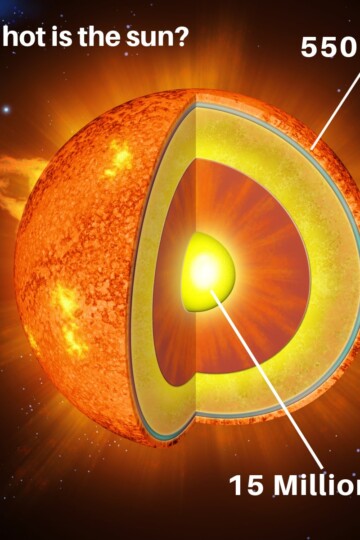
Leave a Reply